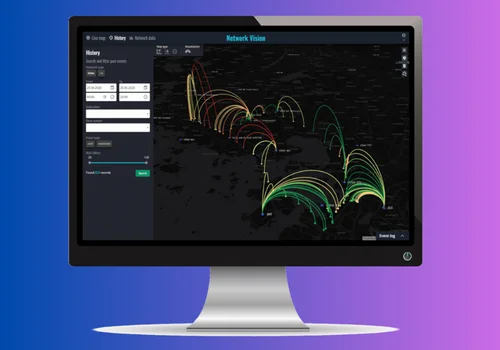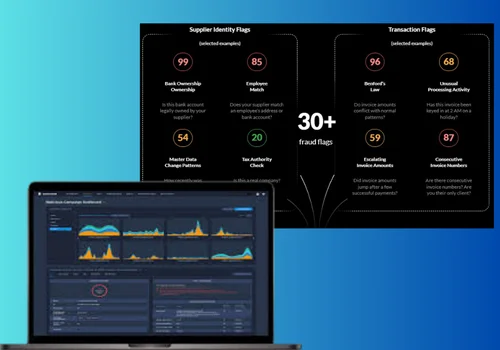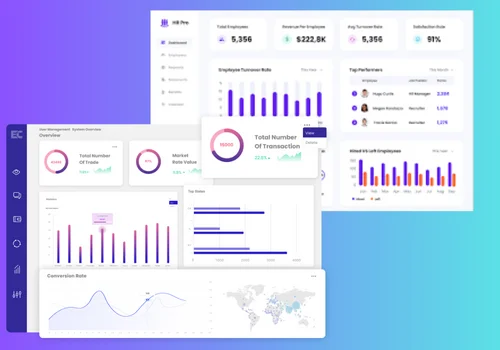Overview Of Telecoms Analytics
Telecom analytics is a multifaceted discipline that harnesses the power of data analytics to extract actionable insights from the vast volumes of information generated within telecommunications networks. By leveraging advanced statistical techniques, machine learning algorithms, and big data technologies, telecom analytics enables providers to optimize network performance, enhance customer experiences, and drive strategic decision-making. This field encompasses many applications, including network optimization, predictive maintenance, fraud detection, customer churn analysis, and personalized marketing campaigns. With the proliferation of connected devices and the exponential growth of data traffic, telecom analytics plays a pivotal role in helping organizations stay competitive in an increasingly dynamic and data-driven industry landscape.


































































